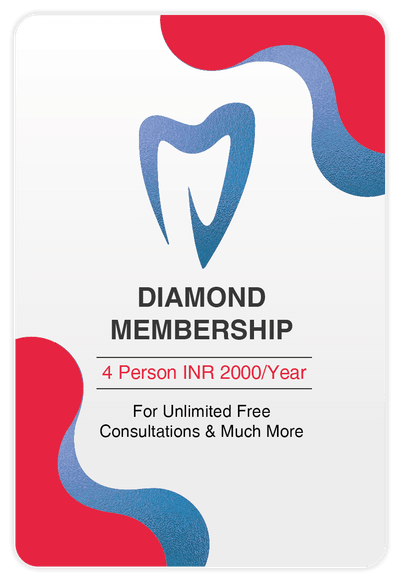Cone Beam Computed Tomography or CBCT is a variant of the classic CT scan and, as the name suggests, uses a cone-shaped beam and 2-dimensional detectors. This helps create a 3-D image of the target organ.
CBCT is commonly used in dentistry for imaging. The use of CBCT in dentistry is abundant as it provides a lot of advantages over other conventional imaging modalities like increased efficiency and decreased patient examination time.
In this article, we will briefly talk about CBCT in dentistry and the use of CBCT in dentistry.
Table of Content :-
Feel free to skip ahead if one topic catches your eye:
- What is Cone Beam Computed Tomography?
- When is CBCT needed in dentistry?
- How is it done?
- Risks associated with CBCT.
1. What is Cone Beam Computed Tomography?
CBCT is a better version of the classic CT scan that allows dentists to take more accurate and 3-D images of your target organs. CBCT can take images of bones, soft tissues, nerve pathways, etc all at the same time. The use of CBCT in dentistry allows for more precise treatment for the patients.
The machine uses a rotating arm that has the x-ray source and the detector on opposite sides. This arm rotates around the patient in 360 degrees, who is sitting in a chair, taking images of the target organ from all the angles, and then uses these high-resolution images to form a 3-D image of the organ. The machine can take up to 150-200 2-D images at a time.
These 3-D images are then interpreted by your dentist who can then chart your treatment plan with more accuracy.
2. When is CBCT Needed in Dentistry?
CBCT is now being commonly used in dental problems. Your dentist will generally resort to CBCT when other commonly used imaging modalities like plain X-Ray are not sufficient for your diagnosis and treatment.
Although CBCT is a more advanced form of imaging modality as compared to plain X-Ray and the classic CT, the use of CBCT in dentistry is only needed when having 3-D images of the organ will help your dentist know the whole structure of the organ and all the surrounding tissues better.
Here is a list of some dental problems that commonly see the use of CBCT in dentistry:
- Diagnosis and removal of impacted teeth.
- Visualization of abnormal teeth.
- Evaluation of the nasal structures like the nasal cavity, sinuses, etc.
- Treatment of tumors of the jaw.
- Diagnosis of various TMJ (Temporomandibular Joint) disorders.
- Understanding the bone structure and tooth orientation of a patient.
- Reconstructive surgeries.
- Airway sleep disorders like sleep apnea.
- Ensuring the accurate placement of dental implants.
- Diagnosis of dental trauma.
- Infections in the teeth.
3. How is it Done?
The CBCT is a very simple procedure for the patient and requires little to no preparation on the patient’s part.
Just like any normal imaging technique like X-Ray or the classic CT scan, you’ll be asked to remove any objects that could interfere with the procedure such as metal objects you may have on your body (earrings, belt, jewelry, eyeglasses, hair accessories, etc). Also, you will have to keep all your personal belongings like watches or wallets out before you enter the room. You may be asked to wear a gown before you go for the procedure.
After getting ready for the imaging, you will be made to either sit in a chair or lie down on a bed in a position that is best suited for capturing images of the target organ. You will need to sit very still to get the most accurate images.
The rotating arm of the machine will circle you at a full 360-degree angle, capturing images from every angle and making a final 3-D image that will be analyzed by your dentist for diagnosis and treatment.
You do not need any recovery time after the procedure and will be free to go as soon as the required images are obtained.

4. Risks Associated With CBCT :-
The use of CBCT in dentistry offers a lot of benefits to the dentists and the patients. But it is associated with a few risks that you should be aware of.
Since children are more prone to be affected by radiation, the use of CBCT in children should be done only when necessary. Also, while performing the procedure on children, low-dose radiation is used.
The use of CBCT is very limited in pregnant women because the radiation can harm the baby and the mother and thus is only reserved for absolutely necessary conditions. CBCT is only used in low-dose radiation in pregnant women.
Take Away
This article briefly talks about the use of CBCT in dentistry and all the risks and benefits that it has. For further information, contact a qualified professional who will be able to guide you further.
At 32 Dental, you will get the best treatment according to your concern and we will take care of any discomfort you may find.












